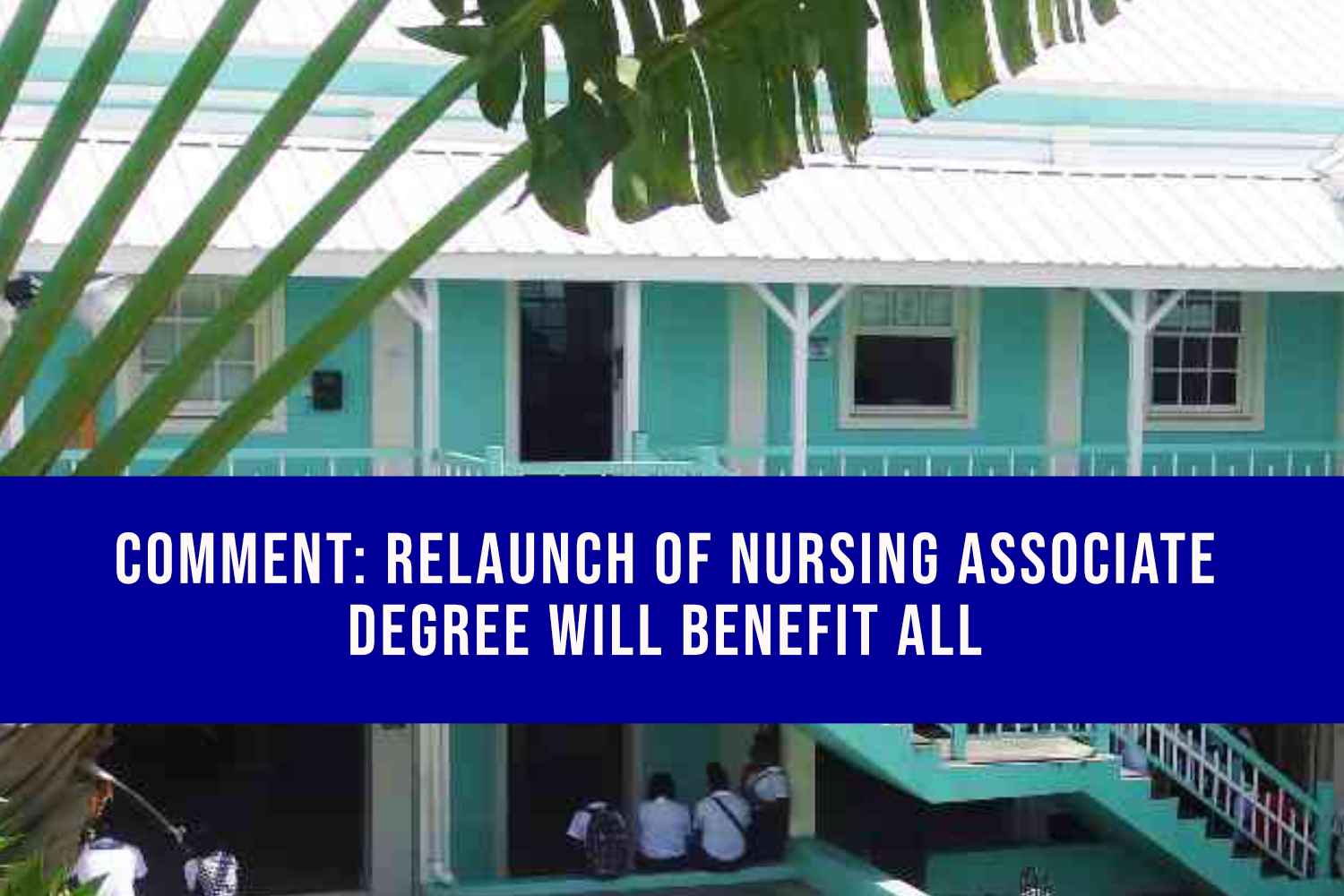Biden Administration’s Planned Termination of COVID-19 Public Health Emergency in May Contrasted with WHO’s Continued Caution.
The Biden administration’s announcement to end the COVID-19 public health emergency (PHE) on May 11, 2023, marks a significant turning point in the nation’s response to the pandemic. Declared in January 2020 under the Trump administration, the PHE has been renewed twelve times, underpinning a range of healthcare policies and programs designed to combat the virus and mitigate its impact. The decision to terminate the emergency declaration comes after repeated assurances from the administration that ample notice would be provided to allow for a smooth transition. The 101-day lead time aims to minimize disruption and prepare the healthcare system for a return to pre-pandemic operations. While the PHE remains in effect until May 11, the administration emphasizes that it currently imposes no restrictions on individual behavior, such as mask or vaccine mandates, and does not affect school or business operations.
The rationale behind the extended timeline until May 11 is to prevent widespread chaos and uncertainty within the healthcare system. The PHE has facilitated crucial flexibilities in programs like Medicaid, ensuring continuous coverage for beneficiaries throughout the pandemic. Medicare beneficiaries have benefited from free at-home COVID-19 testing and treatments without cost-sharing, while private insurers have been required to cover testing and related services without prior authorization. An abrupt end to these provisions could disrupt access to care and create administrative challenges for healthcare providers and patients alike. The phased approach allows for a managed transition, enabling stakeholders to adapt to the changing landscape.
Medicaid, a program significantly impacted by the PHE, has outlined a 12-month “unwinding” period to revert to pre-pandemic norms. States will have the flexibility to initiate this process within a three-month window around the PHE’s termination: one month before, the same month, or one month after May 11. This gradual approach aims to avoid sudden coverage losses and ensure a smooth transition for Medicaid recipients. The unwinding period will involve redetermining eligibility and reinstating pre-pandemic procedures, presenting a complex undertaking for state agencies.
The end of the PHE also signals the termination of the Title 42 border policy, a controversial measure implemented during the pandemic. Title 42 allowed for the expulsion of foreign nationals and the bypassing of asylum claims on public health grounds. The administration acknowledges the policy’s impact on migration patterns, noting a decrease in border crossings since the implementation of a new plan in early January. The planned wind-down of Title 42 seeks to implement alternative policies to manage border security and immigration processing in a more orderly and predictable manner.
The decision to end the PHE has drawn mixed reactions from lawmakers. Republican legislators have advocated for its termination, arguing that the pandemic’s impact has diminished, and the emergency declaration is no longer necessary. The introduction of the “Pandemic is Over Act,” albeit largely symbolic, reflects this sentiment. Conversely, the administration has criticized such attempts, citing the potential for significant disruptions to healthcare and government operations, along with the unprepared influx of migrants if Title 42 were to end abruptly. While some Republicans consider the move overdue, others recognize the potential ramifications and the need for a thoughtful transition.
The World Health Organization (WHO), while acknowledging the pandemic’s evolving nature, continues to designate COVID-19 as a “public health emergency of international concern.” This designation, reflecting the ongoing global health threat, underscores the need for sustained vigilance and international cooperation. The WHO recognizes that the pandemic is likely at a transition point, emphasizing the importance of careful navigation to mitigate potential negative consequences. The Biden administration’s decision to end the domestic PHE aligns with the evolving understanding of the pandemic’s trajectory while emphasizing the need for a measured approach to ensure a smooth transition for the healthcare system and related programs. The end of the PHE signifies a shift in the nation’s approach to COVID-19, moving towards a new phase of managing the virus within the context of existing healthcare infrastructure and policies.
Share this content:













Post Comment